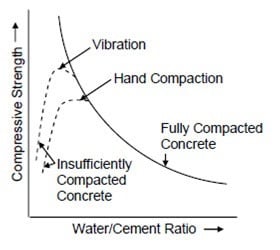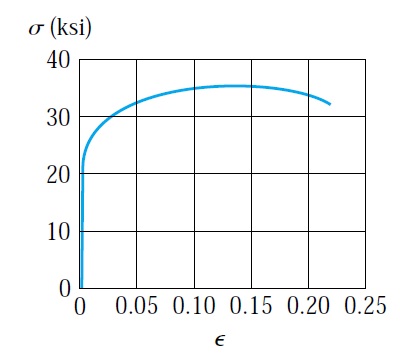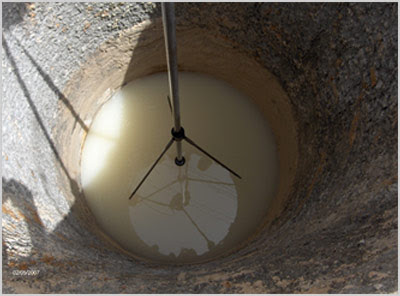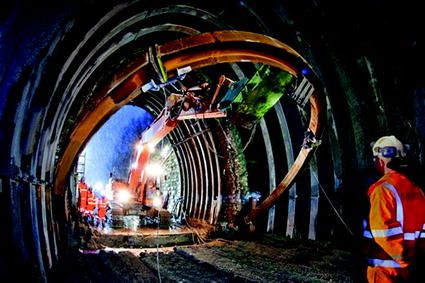Case Study-Stormwater network construction

This paper briefly reviews the practical side of the construction of a stormwater network. The construction of a stormwater network is a necessity to efficiently drain the rain and prevent the adverse impact on infrastructure and the inhabitants of a specific area. Building an efficients tormwater network must incorporate appropriate design and construction of the network. The construction of a stormwater network is significantly important, and a poor construction process can severely reduce the efficiency of a stormwater network. This paper will focus on the various construction stages of a stormwater network. The purpose of this paper is to provide a comprehensive understanding of stormwater network components and methods of construction. Despite the variance in methods of construction of a stormwater network in different countries, this paper will include rich information about the practical side of stormwater network construction. The investigated case study in this paper will be













.jpeg)












